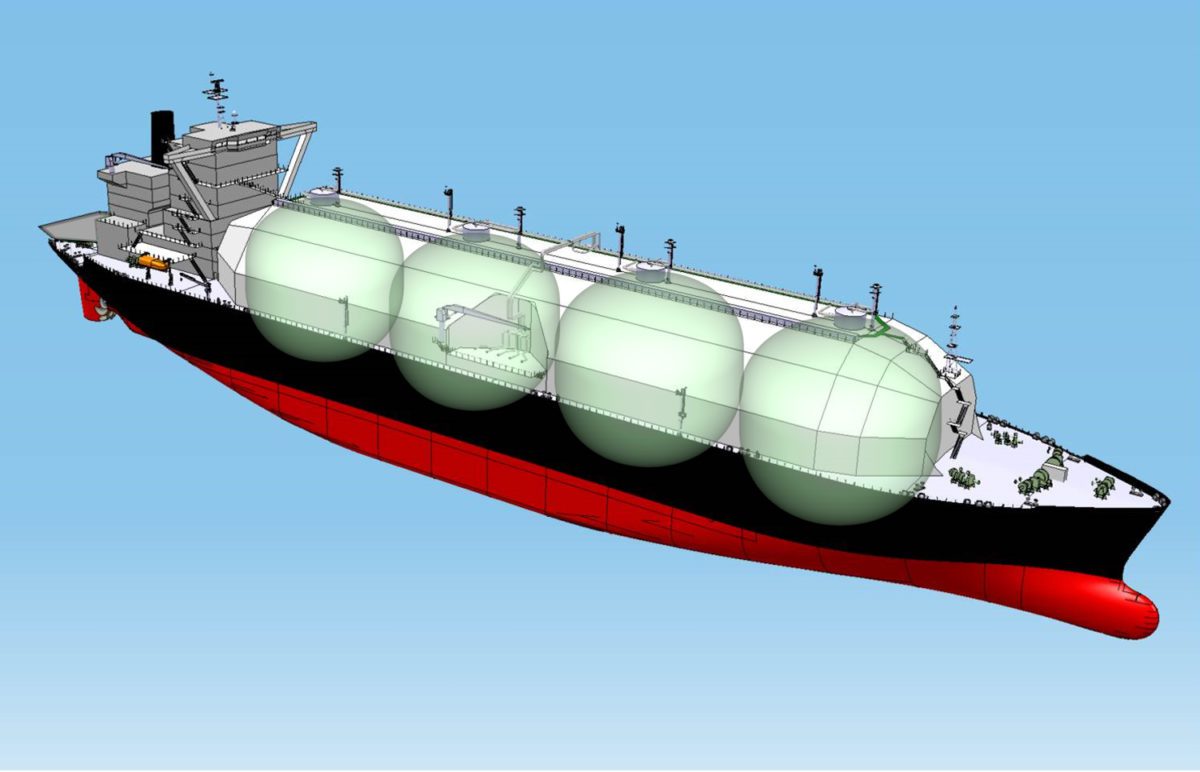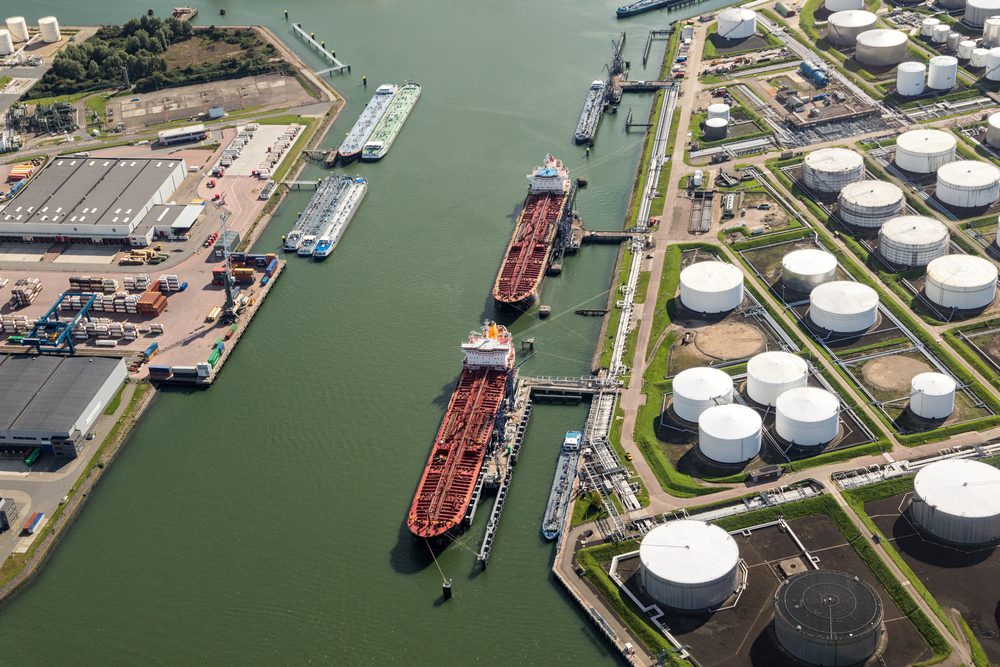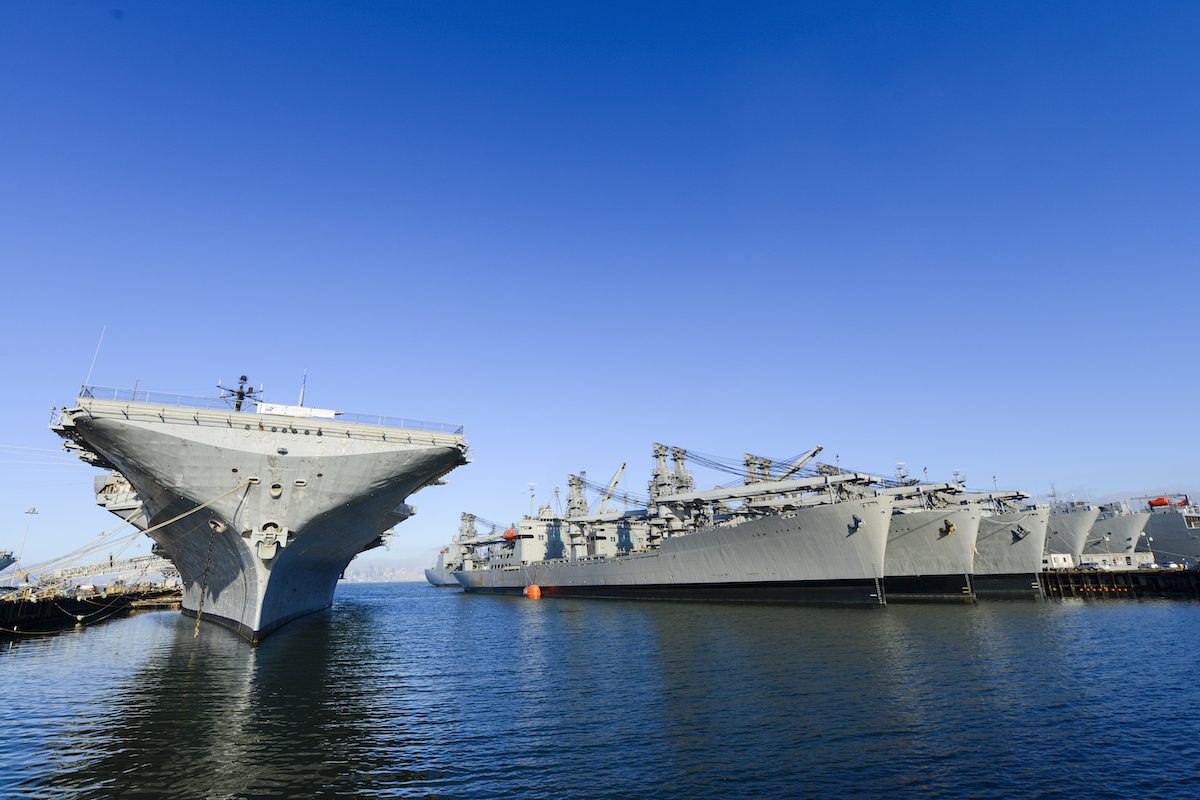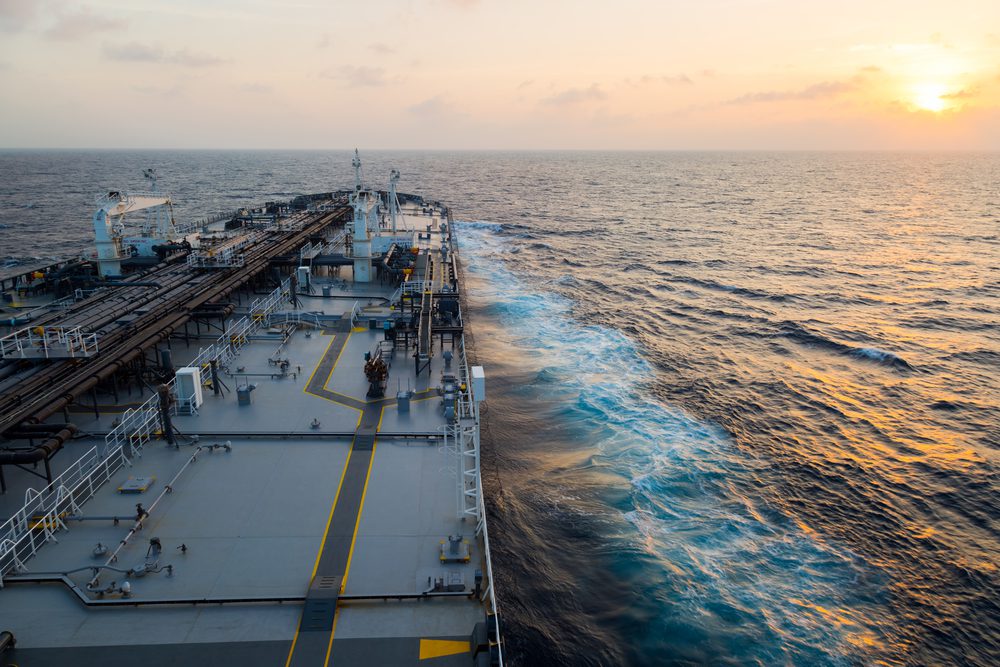Photo courtesy MHI
Japan’s Mitsubishi Heavy Industries (MHI) has completed development of the “Sayaringo STaGE,” a next-generation LNG carrier and successor to the highly acclaimed “Sayaendo” series.
The Sayaringo STaGE design was developed with apple-shaped tanks said to increase LNG carrying capacity by nearly 16% without having to increase the width of the ship. The design also incorporates a hybrid diesel-electric propulsion system providing a 20% reduction in fuel consumption compared to the Sayaendo, and more than 40% compared to earlier LNG carriers, MHI says.
Leveraging the Sayaringo STaGE’s increased capacity and efficiency, MHI says it plans to undertake extensive business activities promoting the new vessel for transporting North American shale gas.
Unlike the Sayaendo’s peapod-shaped continuous cover over four Moss spherical tanks, the tanks adopted on the Sayaringo STaGE have an apple-like shape with the upper half bulging more than the lower half. MHI says that the new apple-shaped tanks constitute an improved version of high-reliability Moss-type tanks and have been adopted on the Sayaringo STaGE as part of MHI’s initiative to develop a vessel in the New Panamax3 category, i.e. capable of passing through the newly expanding Panama Canal which is expected to go into service early in 2016.
MHI explains that STaGE is an acronym deriving from “Steam Turbine and Gas Engines”, a hybrid propulsion system that combines a steam turbine and engines that can be fired by gas. The components of the Sayaringo STaGE system are the “Ultra Steam Turbine plant” (UST), an efficient reheating steam type marine turbine developed independently by MHI, a dual-fuel diesel engine capable of operating on both gas and oil, and an electric propulsion motor. Plant efficiency has been significantly improved through the UST’s effective use of the engine’s waste heat, resulting in a propulsion system enabling high-efficiency navigation throughout a full range of speeds.
The basic design of the Sayaringo STaGE features a LOA (length overall) of 297.5m, width at 48.94m, depth at 27.0 and draft at 11.5m. Four apple-shaped tanks are featured. The developed design provides 180,000 cubic meters (m3) in total LNG tank capacity, but capacity can be set according to customer’s needs.
Since MHI developed the Sayaendo in 2011, it has received a total of eight orders for the vessel type.

 Join The Club
Join The Club











